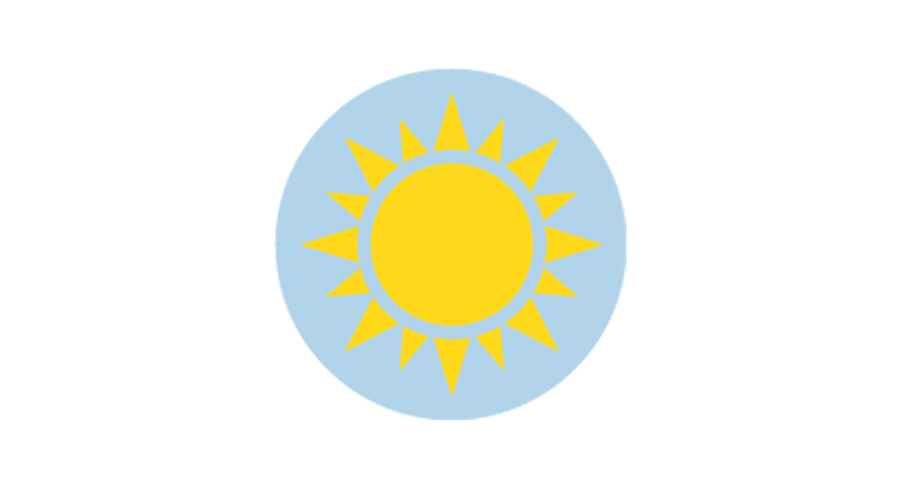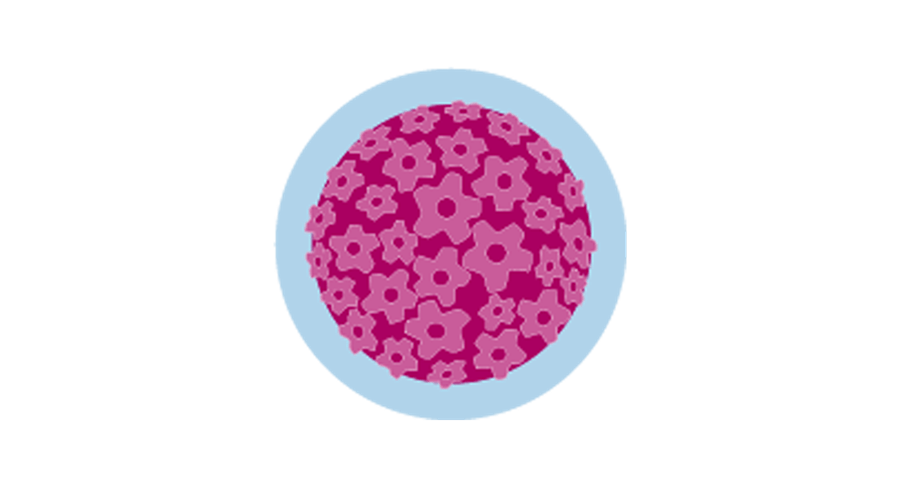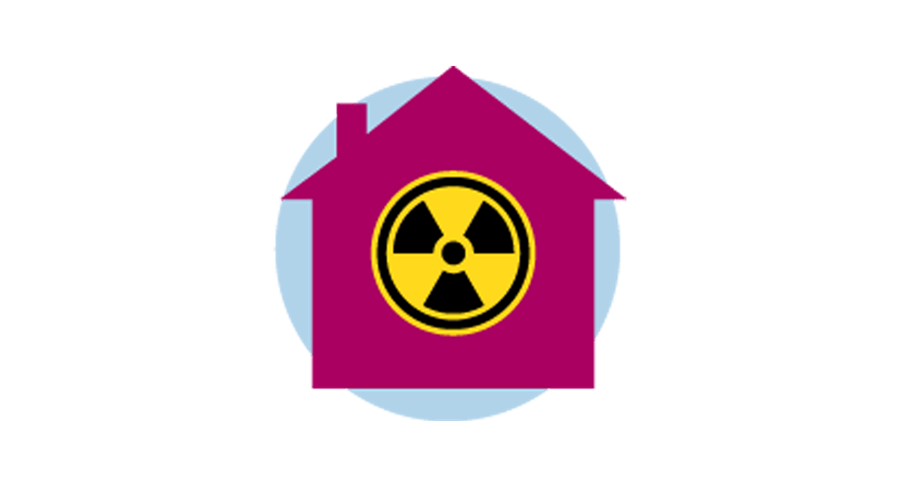Prevention statistics infographics
The infographics present key findings from the ComPARe study. They also incorporate additional analyses of workplace-related risk factors from the Burden of Occupational Cancer study, providing a more comprehensive picture of the preventable burden of cancer in Canada. Through this work, we know that about 4 in 10 of all cancers in Canada can be prevented through healthy living and policies that protect the health of Canadians.
These infographics can be used by a wide range of audiences, including healthcare providers, public health professionals, researchers, advocates and the general public. They aim to increase awareness of cancer risk factors and provide updated statistics on the current and future preventable burden of in Canada. These infographics can be uploaded to your website, shared on social media or used to educate your community or patients.
Infographics from the ComPARe study may be referenced with the following suggested citation:
Canadian Population Attributable Risk of Cancer (ComPARe) study. (2019).<INSERT> infographic title<INSERT>. Available at: <LINK> https://cancer.ca/en/research/cancer-statistics/prevention-statistics/infographics (accessed [date]).<LINK>
Main result infographic

Cancer prevention infographics
- Canada-wide [PDF] [JPEG]
- Alberta [PDF] [JPEG]
- British Columbia [PDF] [JPEG]
- Manitoba [PDF] [JPEG]
- New Brunswick [PDF] [JPEG]
- Newfoundland and Labrador [PDF] [JPEG]
- Nova Scotia [PDF] [JPEG]
- Ontario [PDF] [JPEG]
- Prince Edward Island [PDF] [JPEG]
- Quebec [PDF] [JPEG]
- Saskatchewan [PDF] [JPEG]
- Territories [PDF] [JPEG]
- Atlantic Canada [PDF] [JPEG]
Cancer risk factors

Air pollution

Alcohol

Excess weight or obesity

Healthy eating or diet

Hepatitis B and C viruses

Physical activity or move more

Sedentary behaviour or sit less

Sun and UV rays

Tobacco or smoking
Cancer type
About the ComPARe study
The Canadian Population Attributable Risk of Cancer (ComPARe) study estimates the number and percentage of cancer cases in Canada due to modifiable lifestyle, environmental and infectious agent risk factors. The ComPARe study also estimates how changes to these risk factors through prevention could affect the number of cancer cases in the future.
Your trusted source for accurate cancer information
With just $5 from readers like you, we can continue to provide the highest quality cancer information.
We’re here to ensure easy access to accurate cancer information for you and the millions of people who visit this website every year. But we can’t do it alone.
If everyone reading this gave just $5 to the Canadian Cancer Society, we could achieve our goal this month to fund reliable cancer information, compassionate support services and the most promising research. Please give today because every contribution counts. Thank you.













